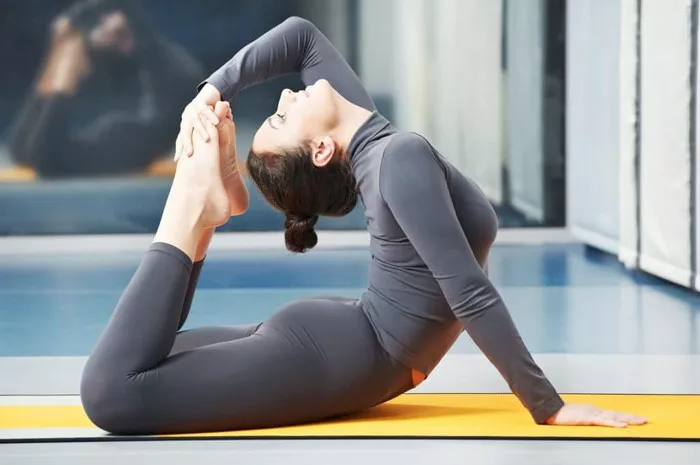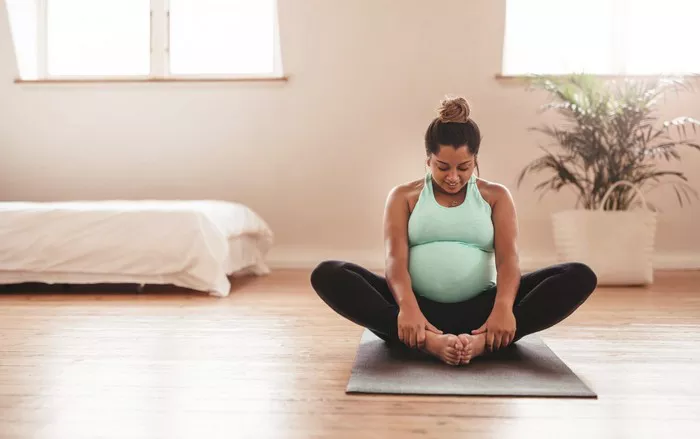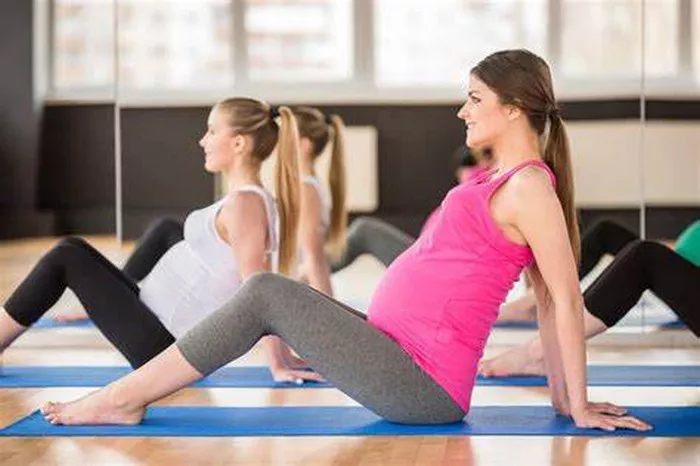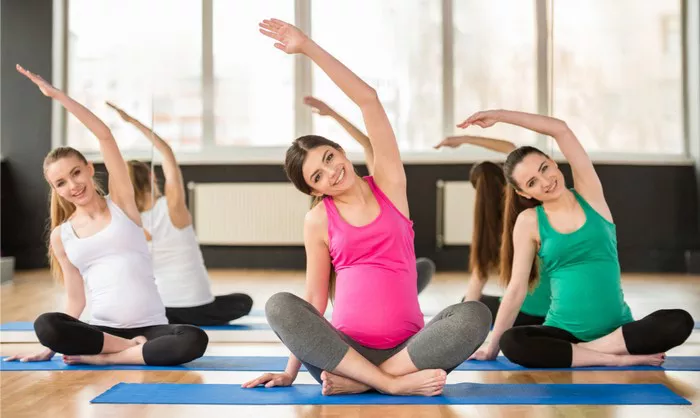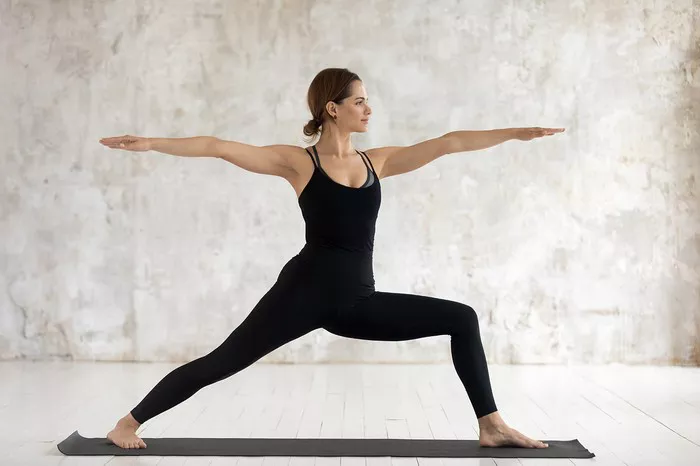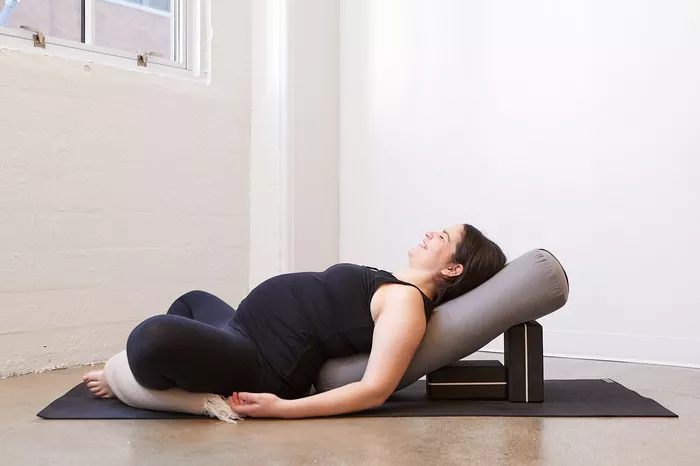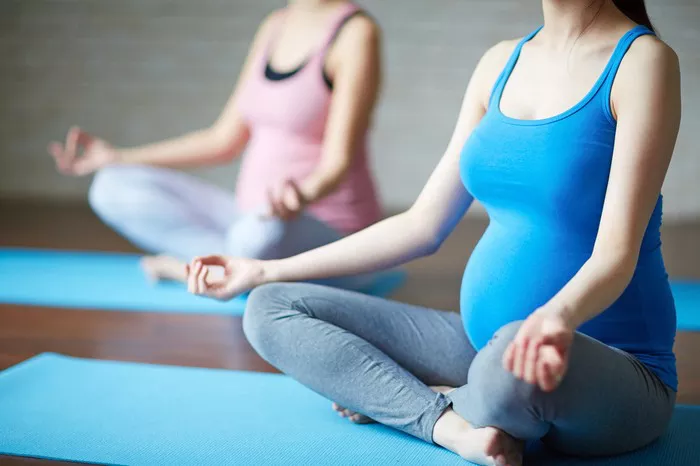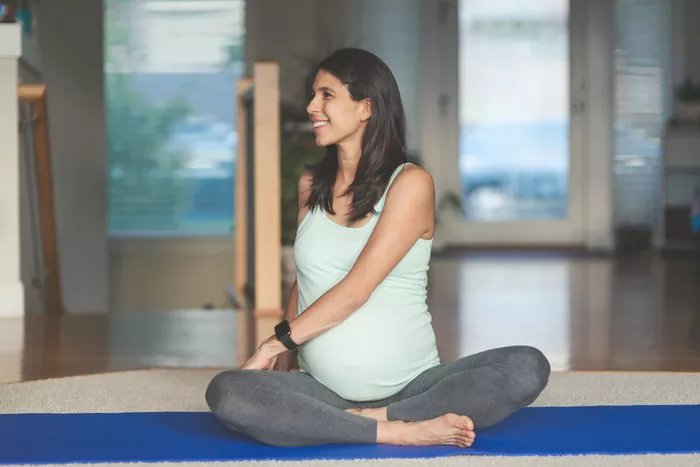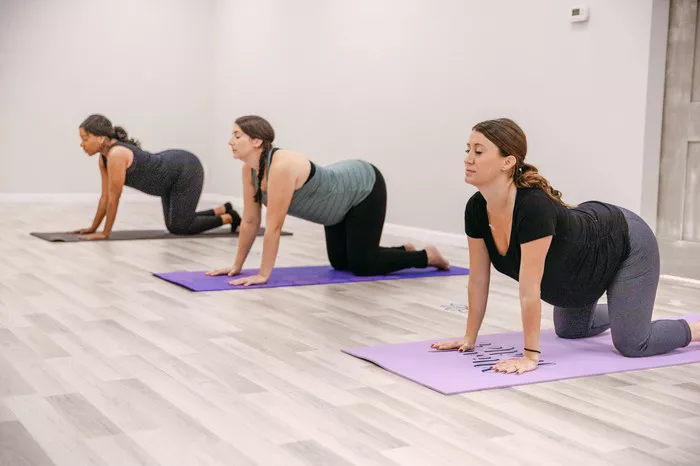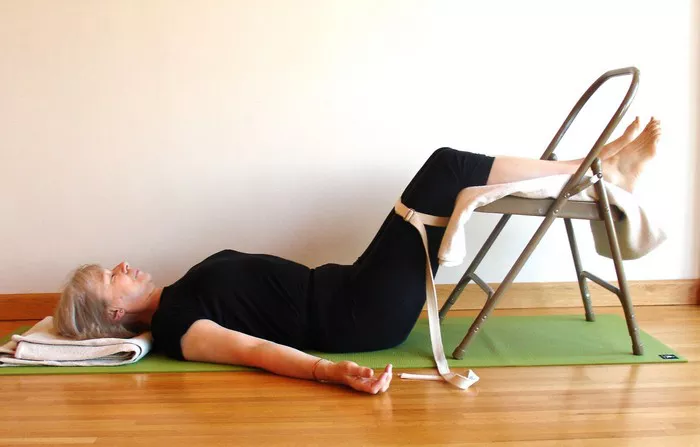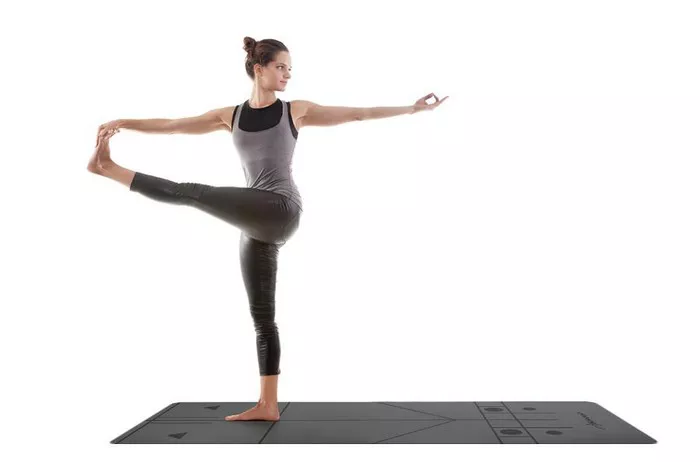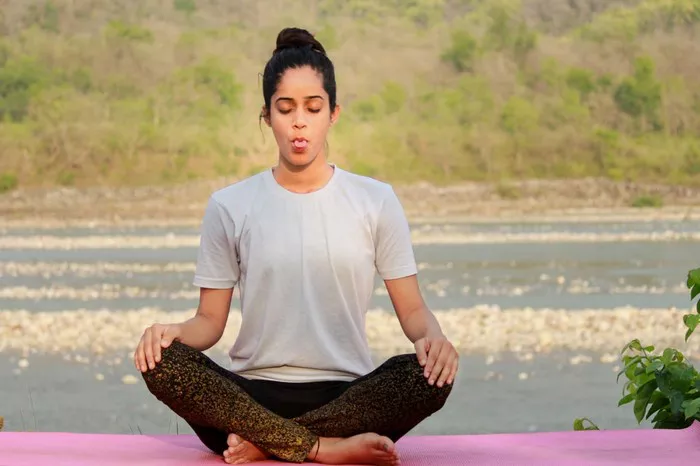Anti-gravity yoga, also known as aerial yoga or hammock yoga, is a type of yoga that combines traditional yoga poses with the use of a suspended hammock or fabric. The concept behind this practice is to use gravity and the hammock to support your body, allowing for deeper stretches, core strengthening, and the exploration of new poses that would be difficult or impossible to achieve on the floor. But is anti-gravity yoga good for you? Let’s dive into its benefits, challenges, and some considerations to help you decide if it’s a practice worth trying.
What is Anti-Gravity Yoga?
Anti-gravity yoga was first introduced by Christopher Harrison, a former gymnast, dancer, and choreographer, who saw an opportunity to integrate traditional yoga poses with suspension techniques to create a new type of fitness program. The hammock, typically made from a durable fabric that hangs from the ceiling, allows practitioners to defy gravity to some extent, offering support while also promoting flexibility, strength, and balance.
Unlike traditional yoga, which primarily focuses on performing postures on the ground, anti-gravity yoga invites you to use the hammock as a prop to enhance the physical experience. The hammock can be used to provide extra stability, assist in deep stretches, or create an experience of weightlessness that allows for new and unique postures.
The Benefits of Anti-Gravity Yoga
Improved Flexibility and Stretching
The most significant benefit of anti-gravity yoga is the increased ability to stretch deeper than you would in a traditional yoga class. The hammock supports your body as you move into more advanced poses and allows you to hold them longer without putting too much strain on your muscles. This support is especially helpful for people who might find it challenging to reach certain poses or those with limited flexibility.
In anti-gravity yoga, the hammock helps you move deeper into stretches such as inversions and backbends, which can improve the flexibility of the spine, hamstrings, and shoulders. Over time, this leads to improved range of motion and muscle elasticity.
Core Strengthening
Anti-gravity yoga is excellent for building core strength. As you practice, you need to engage your abdominal and lower back muscles to maintain your balance and stability while suspended in the hammock. Many poses in anti-gravity yoga require you to use your core muscles to stabilize your body while balancing in mid-air, and this can lead to improved core strength over time.
Additionally, the act of using the hammock to aid in your balance and to perform inversion poses engages the core muscles in a way that traditional yoga poses cannot, offering a unique form of core workout.
Improved Posture and Spinal Alignment
One of the most noticeable benefits of anti-gravity yoga is the improvement in posture. The hammock can help to lengthen the spine and reduce pressure on the joints by encouraging alignment and decompression. By incorporating inverted poses into your routine, you can experience relief from compression in the spine and relieve the tension that often builds up in the back due to poor posture.
The practice of hanging upside down or in a suspended position allows gravity to work in your favor, stretching out the spine and opening the shoulders. This can lead to a greater sense of openness in the body and an improvement in overall posture.
Increased Circulation and Detoxification
Anti-gravity yoga can improve blood circulation due to the nature of the inversion poses. Inverted poses help reverse the flow of blood and allow fresh oxygenated blood to circulate more freely through the body, especially to the head and upper body. This can improve circulation, enhance organ function, and promote the body’s natural detoxification processes.
In addition, inversions may reduce fluid retention in the lower extremities and promote a feeling of freshness throughout the body.
Stress Reduction and Mental Clarity
Like traditional yoga, anti-gravity yoga has the ability to reduce stress and increase mindfulness. The focus on controlled breathing, deep stretching, and balance encourages a meditative state of mind, which is essential for reducing anxiety and fostering relaxation.
Moreover, the novelty of the practice and the element of fun involved in performing aerial poses can create a sense of joy and excitement, making it a mentally refreshing experience. This combination of physical activity and mental relaxation has been shown to promote emotional well-being and mental clarity.
Support for Injury Rehabilitation
In addition to being a fun and challenging practice, anti-gravity yoga has therapeutic benefits for those recovering from injury. The hammock provides support, taking some of the strain off the joints and muscles, making it an ideal option for people who need to rehabilitate their bodies after an injury. The added support can help you perform movements and stretches that may be too difficult on the ground, allowing you to strengthen muscles while protecting vulnerable areas of the body.
The low-impact nature of anti-gravity yoga can also reduce the risk of aggravating existing injuries and help you build strength without putting too much stress on your body.
Who Can Benefit from Anti-Gravity Yoga?
Anti-gravity yoga can be beneficial for a wide range of individuals, regardless of age or fitness level. However, there are some considerations to keep in mind before diving into this practice.
Beginners
For those who are new to yoga, anti-gravity yoga can offer a gentle introduction to the practice. The hammock can support the body during difficult poses, making it easier for beginners to experience stretches and poses that might otherwise be challenging. However, it is essential to work with an instructor who can guide you through the movements to ensure proper technique and avoid injury.
Athletes and Active Individuals
For athletes or active individuals, anti-gravity yoga can be a complementary form of exercise that enhances flexibility, mobility, and core strength. It is particularly beneficial for individuals who engage in activities such as running, cycling, or weightlifting, where flexibility and muscle recovery are essential for avoiding injury.
Those with Chronic Pain or Back Issues
If you suffer from chronic pain or back issues, anti-gravity yoga may provide some relief. The hammock allows for gentle decompression of the spine and joints, which can help alleviate discomfort caused by conditions like sciatica or spinal stenosis. However, it’s important to consult with a healthcare professional before engaging in aerial yoga, especially if you have any specific health concerns.
Seniors and Those with Limited Mobility
While anti-gravity yoga can be a great way for seniors to improve balance and flexibility, it is not always suitable for those with significant mobility limitations. The act of hanging upside down or performing inversions may not be comfortable or feasible for everyone. As with any fitness practice, it’s important to consider individual limitations and seek a modified version of the practice if necessary.
Potential Risks and Considerations
Despite its many benefits, anti-gravity yoga is not without its risks. Here are a few things to keep in mind:
Neck and Spine Safety: Inversions and suspension poses put pressure on the neck and spine. If you have neck, back, or joint issues, these poses may not be appropriate for you. It’s crucial to listen to your body and consult with a healthcare professional if you have any concerns about performing inverted poses.
Dizziness or Nausea: Some individuals may experience dizziness or nausea during inversions or suspended poses, especially if they are new to the practice. Start with beginner-friendly classes and gradually work your way up to more advanced poses to avoid overwhelming your body.
Proper Technique: Anti-gravity yoga requires careful attention to technique to avoid injury. The hammock should be adjusted properly to suit your body size, and it’s essential to use the hammock to support your body instead of relying on sheer strength alone. A trained instructor is crucial in ensuring that you perform poses safely.
Pregnancy: If you are pregnant, you should avoid anti-gravity yoga unless specifically cleared by your healthcare provider. The pressure on the abdomen and the use of inversions could potentially pose risks during pregnancy.
Conclusion
Anti-gravity yoga can be a highly beneficial and enjoyable practice for many people. It offers unique advantages in terms of improving flexibility, strength, circulation, and mental well-being. The hammock provides support that makes it easier to perform deep stretches, build core strength, and explore new movements. It can also serve as a low-impact rehabilitation exercise for those recovering from injury.
However, as with any form of exercise, it’s important to approach anti-gravity yoga with mindfulness and awareness of your body’s limitations. Consult with a healthcare provider if you have any concerns or pre-existing conditions, and always practice under the guidance of a qualified instructor to ensure safety.
If you’re looking for a fun and challenging way to deepen your yoga practice, anti-gravity yoga could be an excellent addition to your fitness routine. It offers a unique blend of physical challenge and relaxation that can help you reach new heights—both literally and figuratively!
Related Topics:



